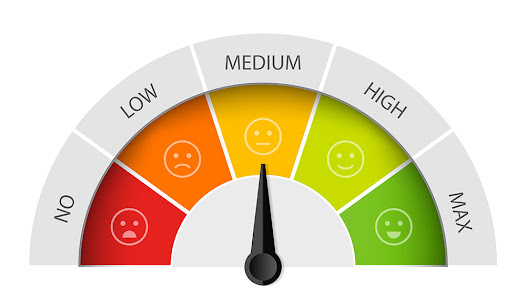CAN YOU
MEASURE HOW EFFECTIVELY A BOARD WORKS TOGETHER?
How well does
your board work together? We have commented here before about the importance of
agreeing on PURPOSE, ROLES, GOALS and BEHAVIORS, but are these measurable?
Without a
metric, how do you know that you are improving? How do you know that your
expectations are shared among your board members?
When new members join the board, how do you know that THEY concur with the established parameters under which you operate?
BOARDynamics took this challenge and created the BOARDynamics
Concurrence Index. The BOARDynamics Concurrence Index is meant to be
relative - that is, not necessarily comparable to other boards but a measure of
your board's progress toward concurrence.
The BOARDynamics
Concurrence Index is a numeric measurement of a board’s unity and agreement in relation
to its PURPOSE, ROLES, GOALS and BEHAVIORS.
It measures processes that the board uses (Structural) in governance,
and board members’ perceptions, understanding and adherence to the specified
board purpose, roles, goals and behaviors (Behavioral).
Scoring of
the index is weighted in favor of Behavioral dynamics. Structural measures are intended to indicate
procedural fidelity. A board can achieve
Behavioral concurrence without having Structural measures in place, however the
likelihood of undesirable outcomes increases without Structural benchmarks.
The BOARDynamics
Concurrence Index should be utilized to measure a board’s concurrence at a
given point in time. As issues arise and
as the board makeup changes, the index scores may vary. The importance of the index is the consistency
of measurement and the understanding by the board of the impacts on the
organization that these measurements represent.
Use of the BOARDynamics
Concurrence Index should be viewed as suggestive. Each board should weigh the importance and
value of change, though improvement only occurs with deliberate action.
Every board has different views, perspectives, and challenges. The index should be recalculated if 1) board membership
turns over significantly (25%), 2) issues impacting the board change dramatically
or 3) more than 2 years have passed since the prior review of purpose, roles,
goals and behavior.
BOARDynamics
will make aggregated results available to our clients after significant data is
accumulated. Individual board index
results will be kept anonymous, and only the board’s respective results will be
provided. Further breakdowns by board
types and category will be available.
CONTACT US IF YOU ARE INTERESTED IN IMPROVING
- AND MEASURING - YOUR BOARD'S AGREEMENT OF YOUR PURPOSE, ROLES, GOALS AND
BEHAVIORS.


